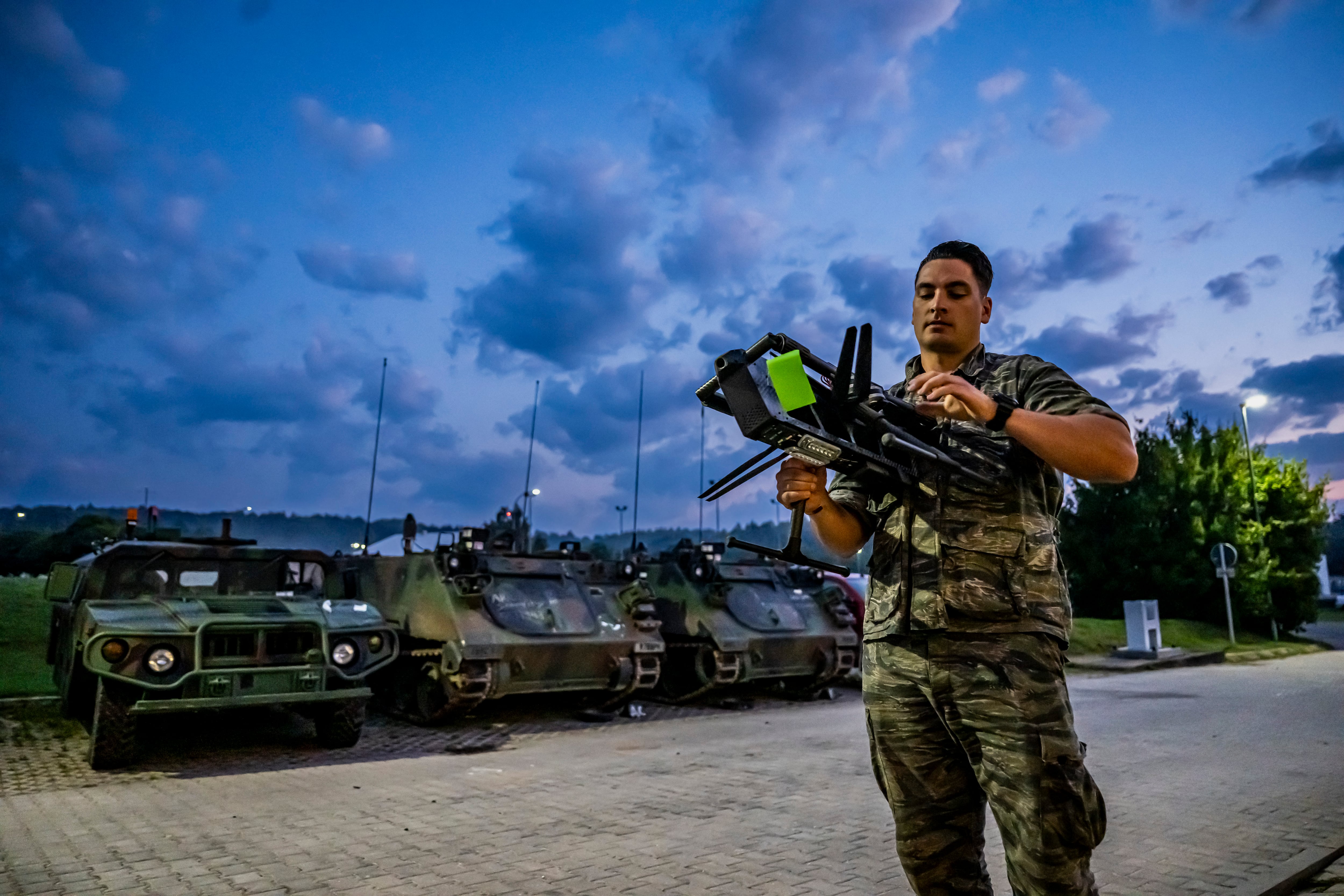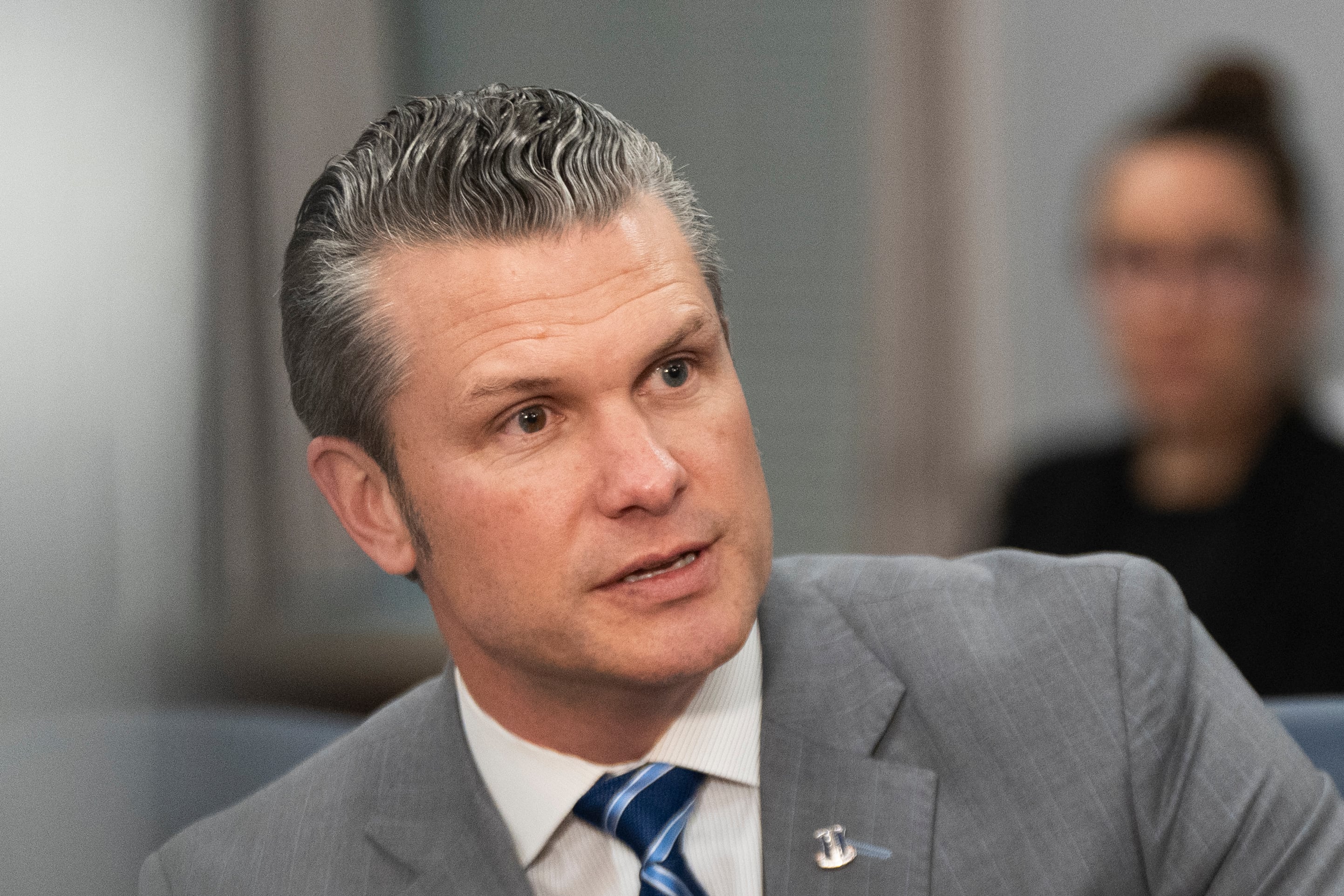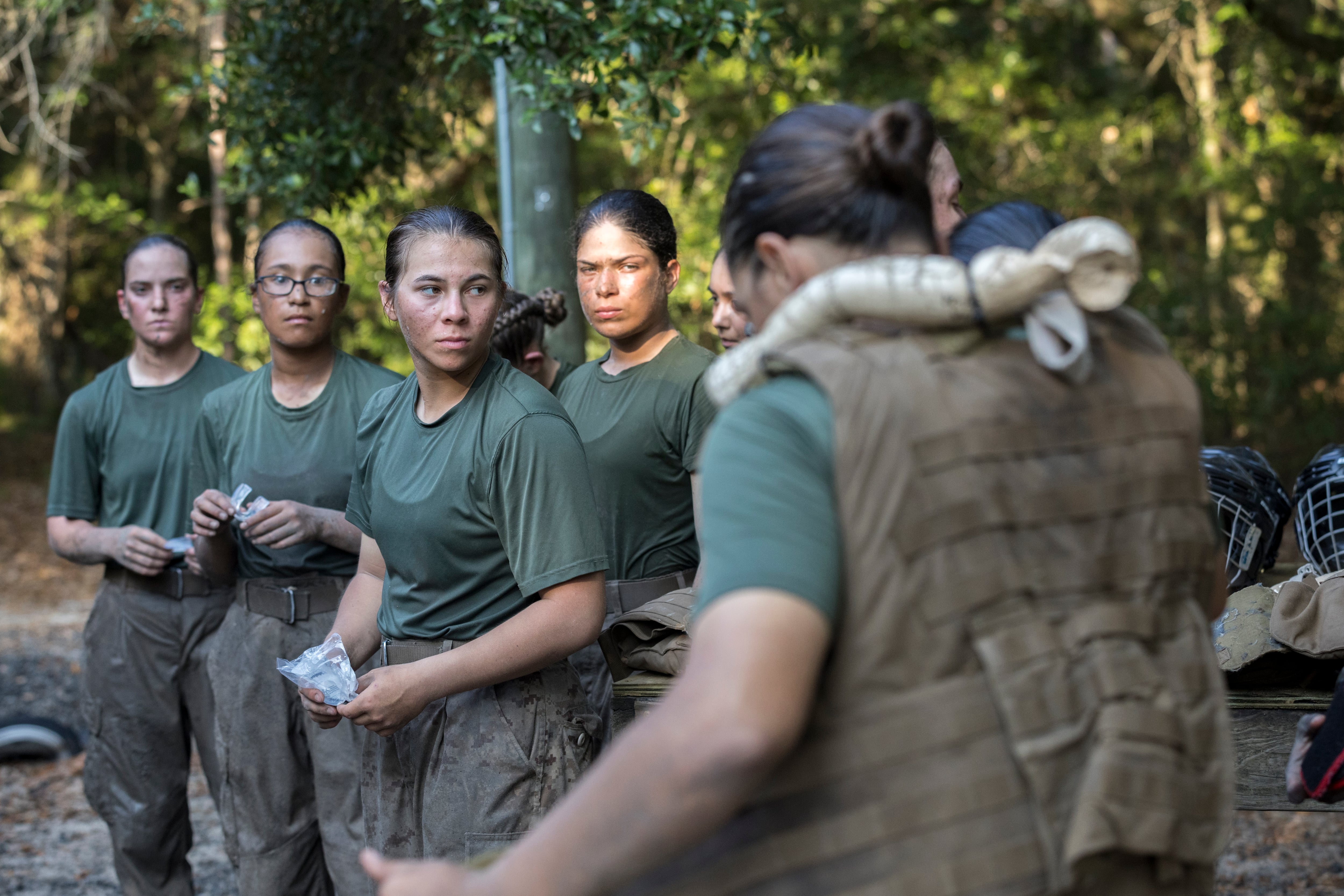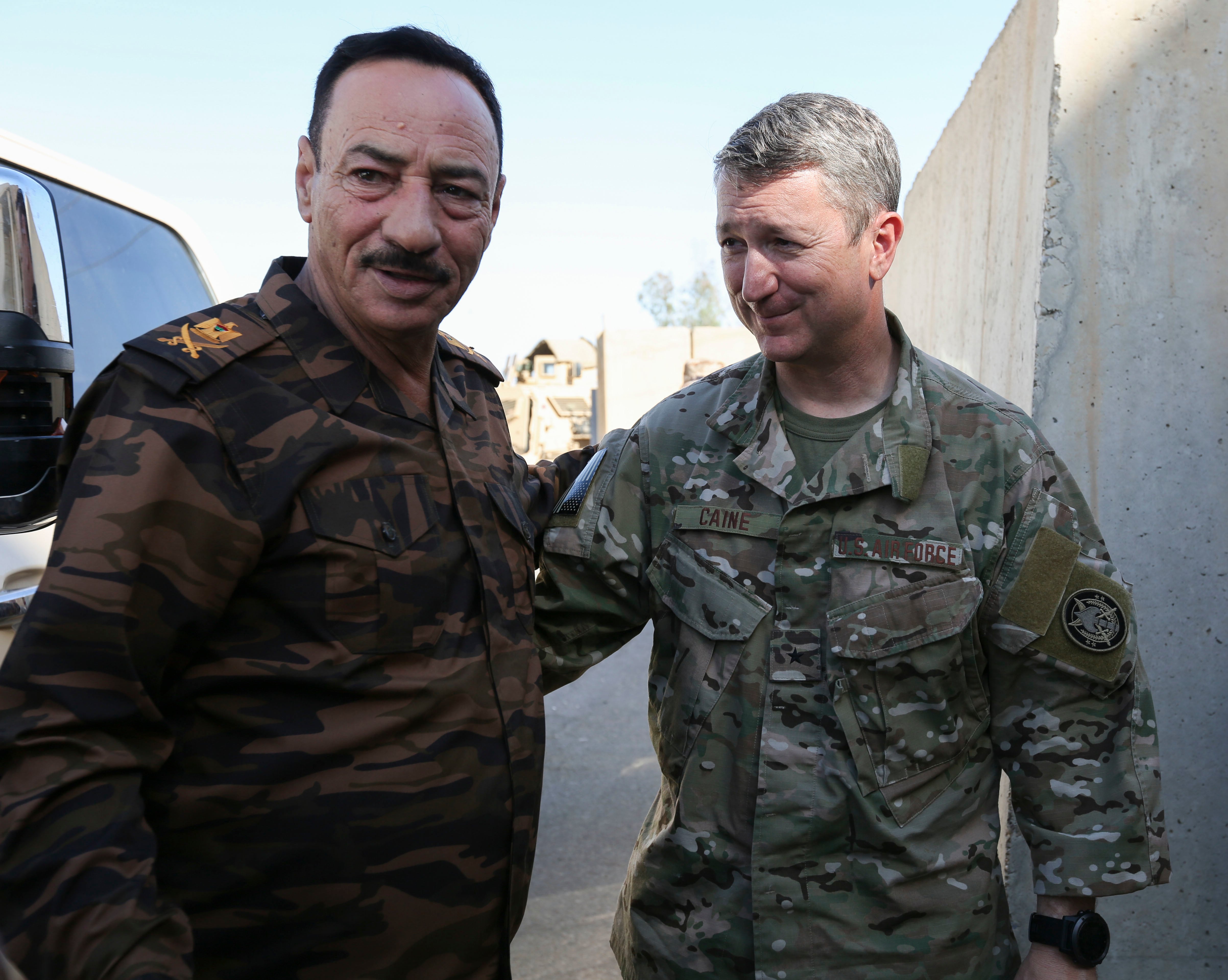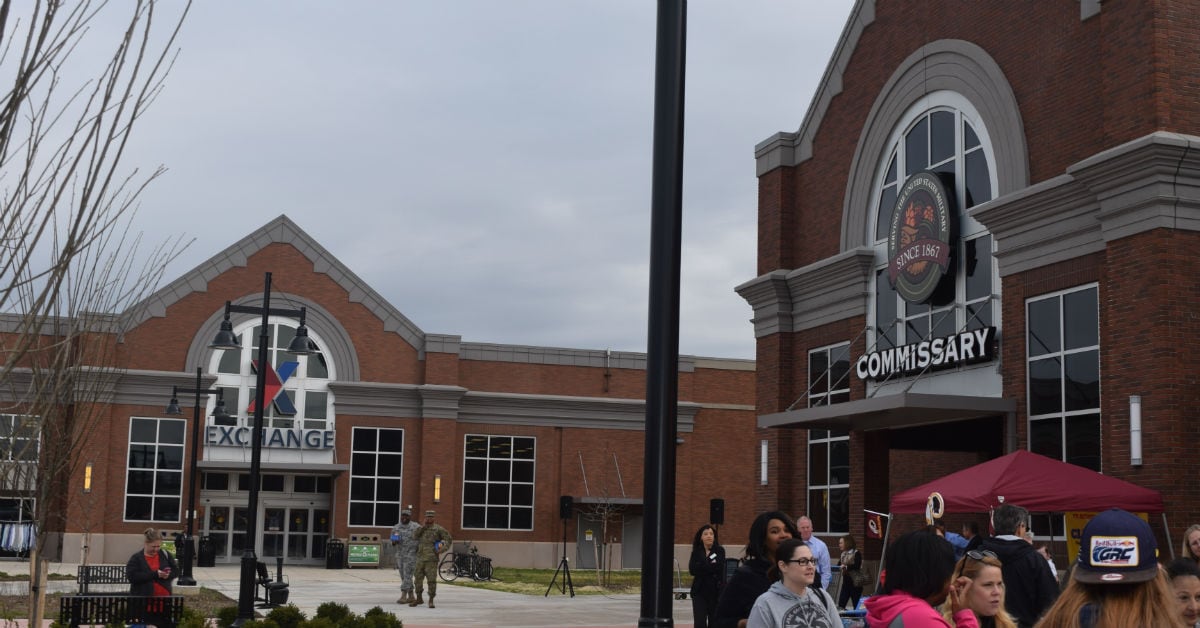ATLANTA — For Capt. Chris Aliperti, January’s “hackathon” — an annual innovation collaboration between the 3rd Infantry Division and Georgia Tech — felt like coming home.
The young infantry officer, whose Ranger tab and Expert Infantry Badge are supplemented by his former NASA internship and biomedical engineering master’s degree from Johns Hopkins, came up in the Georgia-based division.
After leading an infantry platoon, Aliperti was tapped to co-found the division’s Marne Innovation Center and serve as a deputy innovation officer in 2022. In that role, he spearheaded the development of the Mold Conditions Awareness Tool, which used sensors and 3D-printed parts to monitor a brigade’s worth of barracks in hopes of catching mold before it begins to grow. He loved collaborating with soldiers across the division to solve their everyday problems, he said.
But as Aliperti neared the end of his assignment at Fort Stewart, Georgia, he realized there wasn’t a next step for him to take as an innovation officer. He faced a dilemma: leave the Army in order to keep working in emerging tech, or attend his next phase of professional military education and check the infantry officer boxes until he could apply for other opportunities within the Army?
He isn’t alone. The Army’s talent development and management bureaucracy is struggling to meet the needs of soldiers valued for their ability to break the system, creating an innovation paradox.
Aliperti, to his relief, was spared the choice — a senior official at Human Resources Command intervened to place him as a mechanical engineering instructor and associate director of an engineering innovation center at West Point. Recognizing how unusual the Army’s intervention in his case was, Aliperti teamed up with Capt. Chris Flournoy (currently the Marne Division’s innovation director) and other soldiers in similar roles to concoct a talent management strategy proposal for the service’s innovation community.
“We want to formalize innovation enough to create a lasting impact on the Army,” said Flournoy. “But [it must] still be flexible enough to allow operational units to tailor the innovation cells to meet their immediate needs.”
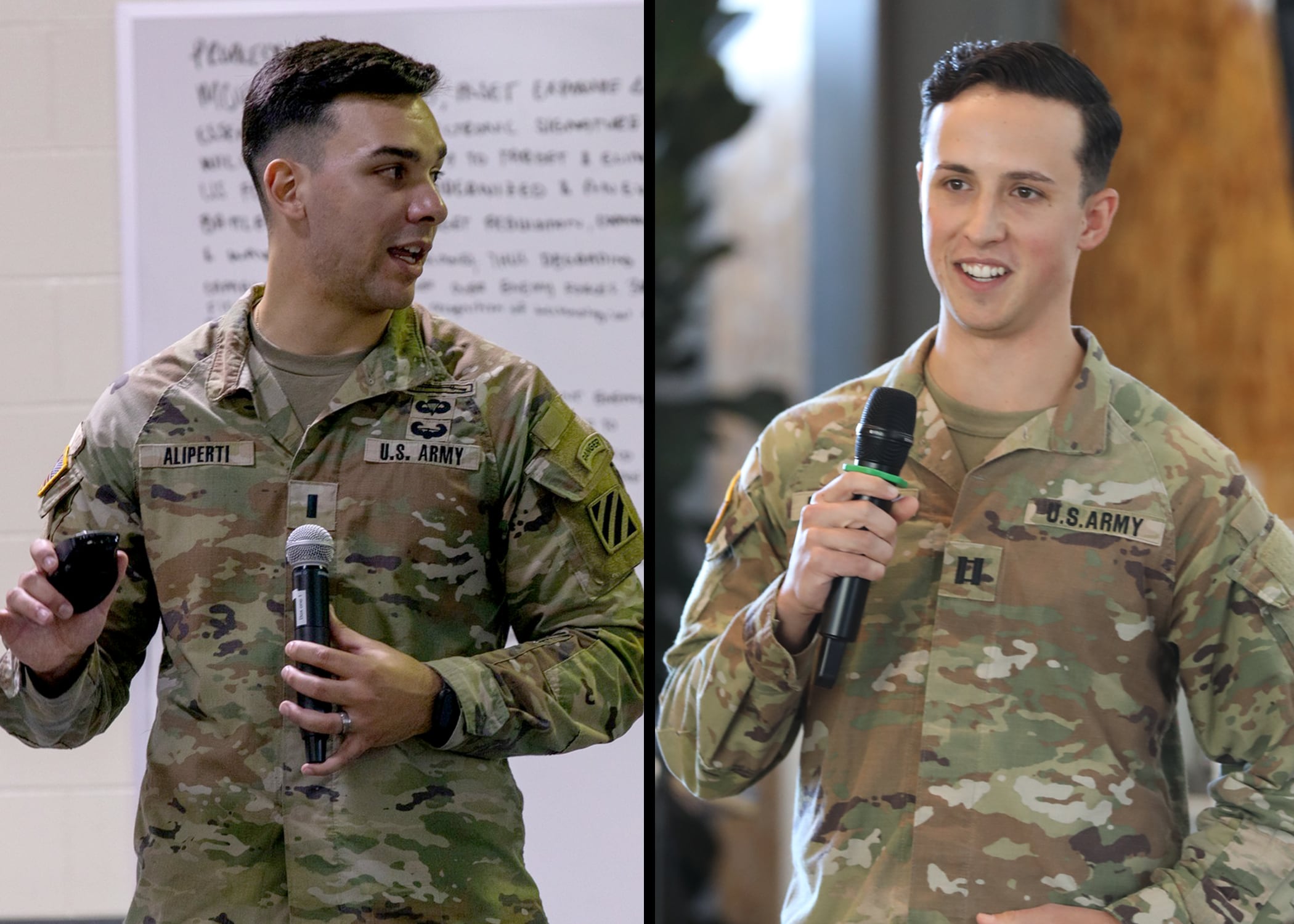
According to Col. Kris Saling, who led Human Resources Command’s innovation efforts before joining Recruiting Command last month, the Army is well-aware of the task it faces, and “creative individual talent management” won’t be enough forever. She said an Army-level planning team is exploring ways to track soldiers with such experience and create permanent dedicated roles for them.
Aliperti and Flournoy are supporting that process, and they spoke with Army Times to explain their work.
Part of the bind, Aliperti argued, is that “it doesn’t seem that there’s a great model of identifying what makes a good innovation officer.” Currently, selections are informal and decentralized, which contrasts with the formal board process adopted by centralized organizations like the Army Software Factory.
Other services, such as the Air Force, have developed personnel management tags — known as additional skill identifiers in the Army — that track troops who have served in innovation roles. Army skill identifiers frequently require a formal education curriculum as well; the captains see that as an opportunity to ensure all formally labeled innovation officers have tech and data literacy, in addition to other relevant skills. Saling said an effort is underway to create a skill identifier, but Aliperti cautioned it could be years from completion.
Although developing a skill code is the Army way to solve the talent tracking problem, Aliperti and Flournoy also want to create an organized consortium of innovation professionals that trains, tracks and helps leaders employ such soldiers.
Then comes the challenge of finding ways to use such talent that don’t require the Army to manage innovators by exceptions, as Aliperti was. The captains had mixed feelings about the Army codifying tactical innovation jobs in unit organizational tables (as Saling indicated the service is exploring), which runs the risk of prescribing a one-size-fits-all solution that may not work for every unit.
And not all such soldiers need to spend their entire careers in specialized jobs, they said.
Flournoy, for example, is set to lead an infantry company after he departs from his current assignment. He changed his mind about leaving the Army because he sees potential benefits to the service using his expertise at the company level.
“Because of my experience with human-machine integration, I would be a great company [commander] to be tagged to go to Project Convergence and test out things,” he said. “I have that background knowledge of why this is important, but the [Army’s talent management system] has no way of knowing that I’d be a good candidate for that.”
How innovation may help a Georgia-based armor brigade
Although the Army’s tactical innovation movement has drawn criticism from those who believe such organizations’ insulation from the service’s traditional procurement pathways undercuts their value, officials attending the Jan. 7 event at Georgia Tech emphasized the real-world results they’ve seen from such efforts.
Col. Molly Solsbury is the commander of the 513th Military Intelligence Brigade, which provides intelligence support to U.S. Central Command from Fort Eisenhower, Georgia. Before her current assignment, Solsbury completed a Massachusetts Institute of Technology fellowship and worked in data and innovation-oriented roles with the 18th Airborne Corps and Joint Special Operations Command. Her soldiers participated in the hackathon event, where she spoke with Army Times.
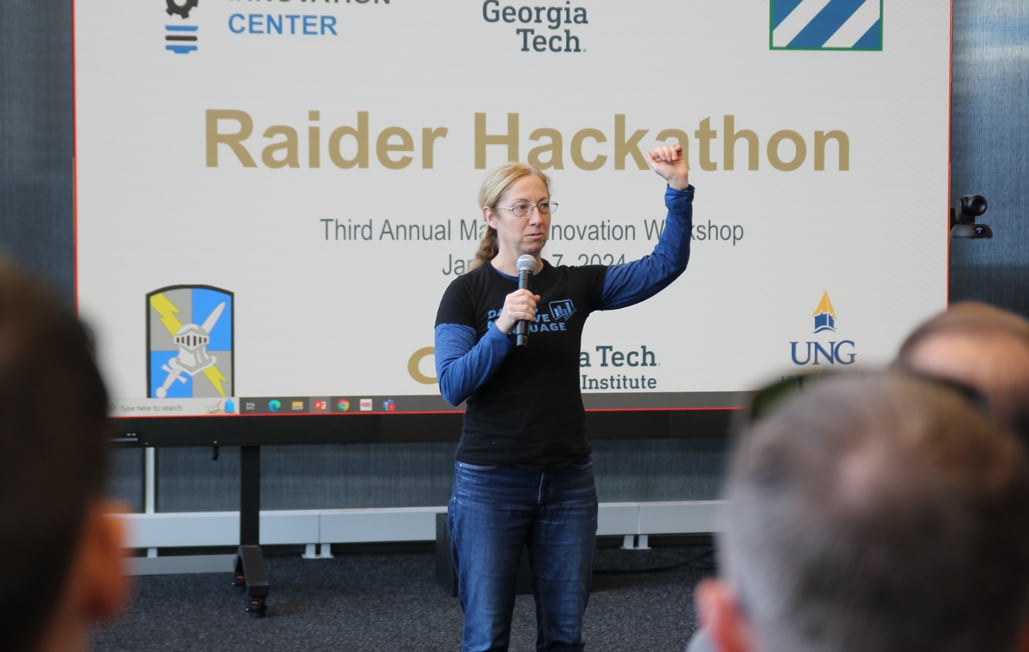
“I know that it is possible to use the talent that we have in our universities and our research institutes to create a laboratory that we then can take to the battlefield for results,” she said. “I’ve seen some instances where it’s worked.”
Solsbury (as well as Aliperti and Flournoy) emphasized the importance of maintaining a cadre of specialized innovation personnel as catalysts who empower line soldiers to design and implement solutions to their problems by providing them the tools, space, expertise and resources they need. The running partnership between the 3rd Infantry Division and the Georgia Tech Research Institute provides participants with just that: time, tools and technical expertise.
At the Jan. 7 event, teams presented proposals for cheap, vehicle-mounted electromagnetic spectrum sensors; rapid-hardening foam to help vehicles quickly cross anti-tank ditches; portable cooling tools for battlefield computer servers; and portable high-frequency signal emitters. According to Flournoy, the commander of the division’s 1st Armored Brigade Combat Team tasked his units with identifying and submitting project proposals ahead of the unit’s summer National Training Center rotation.
One of the soldiers working on the foam bridge project was Staff Sgt. Nicholas Harris, a platoon sergeant from A Company, 10th Brigade Engineer Battalion.
“Having the scientists here … expedited the things that we were trying to figure out,” Harris said. The engineer explained that testing his team’s ideas at the unit level — without external support such as the innovation event — would’ve “absolutely” been a drawn-out, labor intensive process.
He thinks putting soldiers and scientists in the same room also ensured everyone was on the same page about the stakes.
“On a day-to-day basis, scientists or professors who try to deal with problems like this don’t really get to understand [them] to the lowest end user — a soldier actually employing it,” Harris said.
The foam-based bridge concept, inspired by reports of Israeli troops testing “sponge bombs” for use against tunnels, aims to speed up hasty obstacle belt breaches under fire, which Harris identified as the most hazardous task in the combat engineer’s playbook. Harris, gesturing toward himself as he spoke, said Army doctrine estimates units will sustain approximately 50% casualties for combined arms breaches.
“We lose time; we lose people,” he said. “That’s the problem.”
Next comes field testing to see whether any foam concoctions can dry (and support a tank’s weight) quicker than the 10-minute benchmark set by current bridging tactics.
But even if follow-up experiments don’t succeed, argued Solsbury, the workshop wasn’t in vain.
“The seed that we’re planting is that we have sergeants, we have lieutenants and we have young warrant officers that were in there,” she said. “They’re going to take that design thinking approach back, and they’re going to teach all of their soldiers … part of the magic that happens at these [events] is getting young soldiers involved at the ground level.”
Davis Winkie covers the Army for Military Times. He studied history at Vanderbilt and UNC-Chapel Hill, and served five years in the Army Guard. His investigations earned the Society of Professional Journalists' 2023 Sunshine Award and consecutive Military Reporters and Editors honors, among others. Davis was also a 2022 Livingston Awards finalist.
